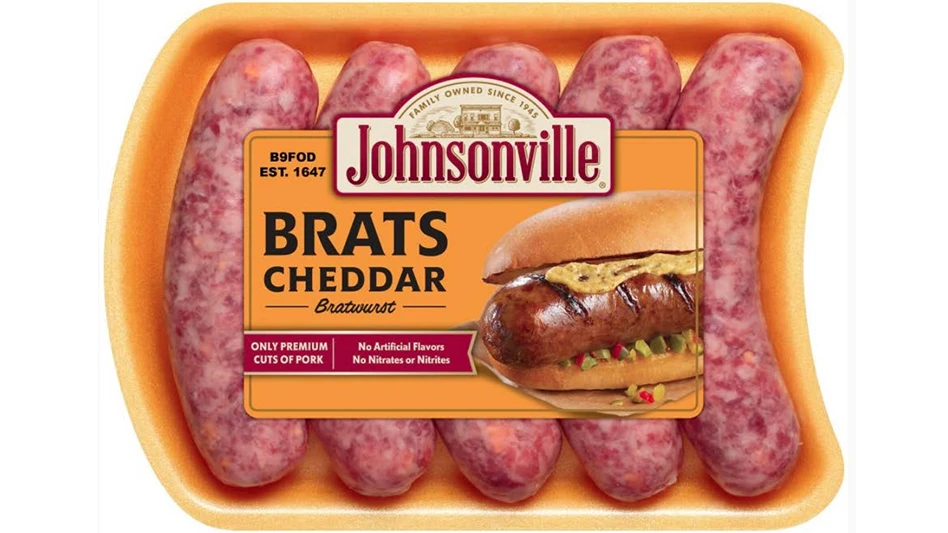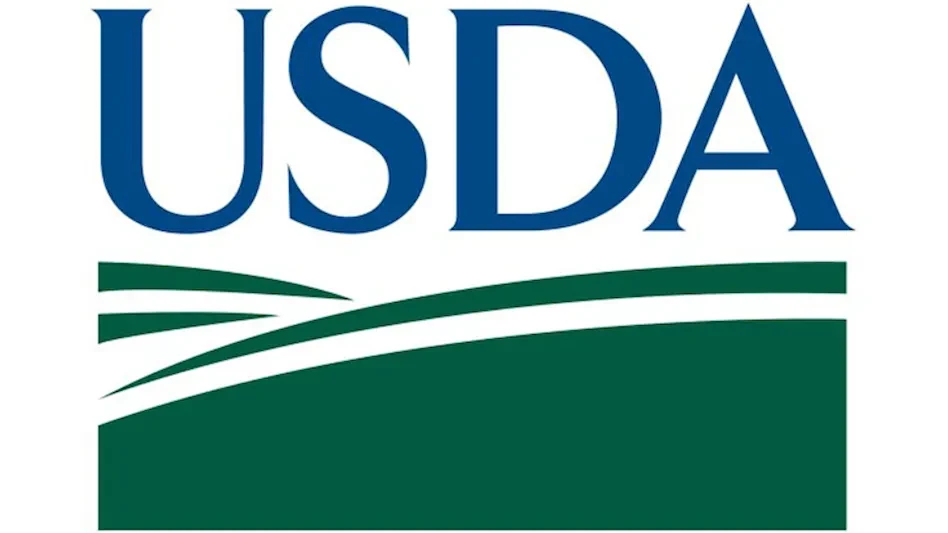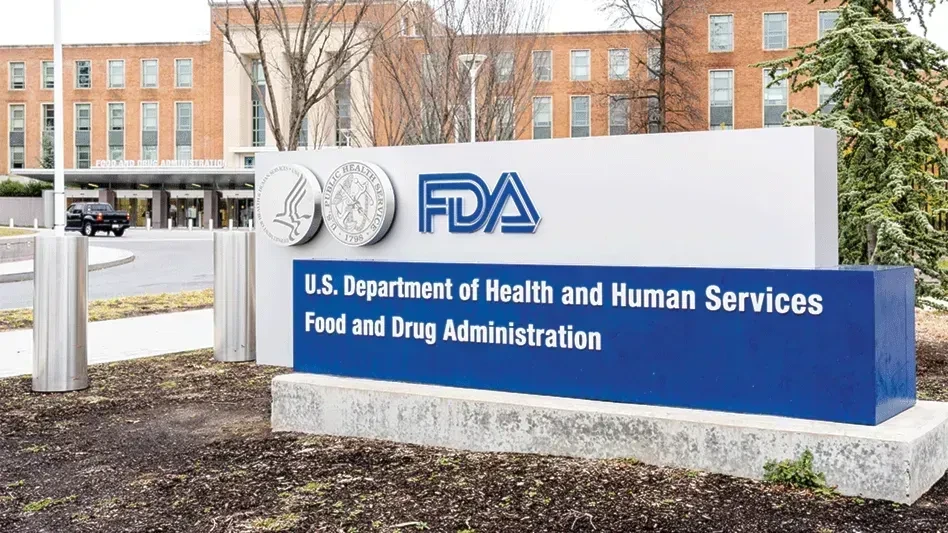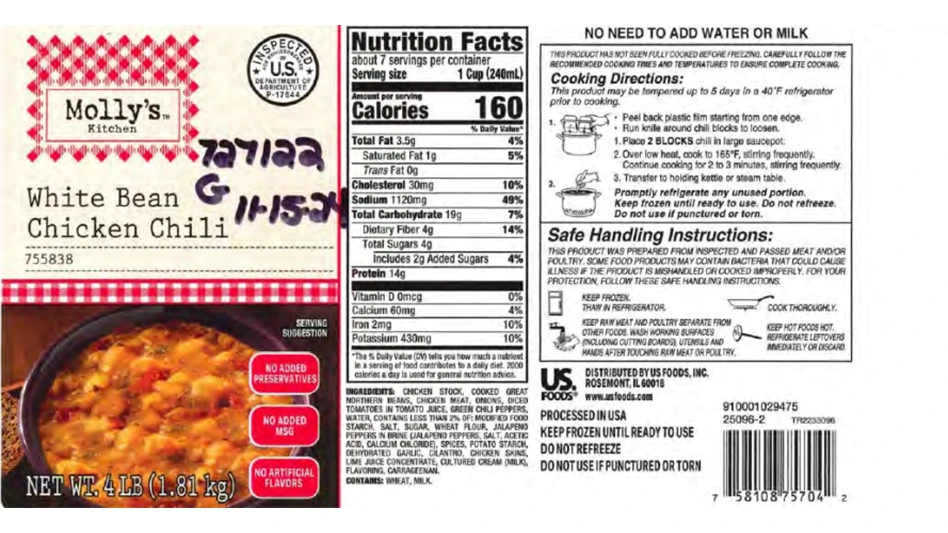
 Food safety is the foundation upon which all Dole Fresh Vegetables are grown, harvested, and produced; a 120-page, 46-policy manual has been written; a new electronic tracking system has been implemented; and its knowledge and practices are shared without reservation across the produce industry.
Food safety is the foundation upon which all Dole Fresh Vegetables are grown, harvested, and produced; a 120-page, 46-policy manual has been written; a new electronic tracking system has been implemented; and its knowledge and practices are shared without reservation across the produce industry.
In the natural environment of a produce field, there are a lot of factors that cannot be controlled. It is for that very reason that controls are critical.
“At Dole Fresh Vegetables, food safety is, by far, the number one priority of our business. We have a tremendous emphasis, first and foremost, on prevention in the field,” said Vice President of Technical Services Thomas Mack, who oversees the food safety of Dole Fresh Vegetables, a subsidiary of Dole Food Company. The preventive programs are so extensive, in fact, that when Secretary of Agriculture Thomas Vilsack visited a Dole Fresh Vegetables field wearing the required hairnet, he said he felt as though he was going into a surgery room, Mack said.
But food safety prevention and controls don’t stop at the field. “All of our decisions—who to buy from, new equipment to purchase, etc.—is looked at through the prism of food safety,” Mack said. Headquartered in Monterey, Calif., near its growers in the Salinas Valley, Dole Fresh Vegetables has processing locations across the U.S.; has facilities in Bessemer City, N.C., Springfield, Ohio, and Soledad, Calif.; and grows and markets leafy greens and other vegetables, as well as berries.
Fresh fruits and vegetables are attractive to consumers because they are natural, wholesome, unprocessed products. But it is the attributes that make produce healthy that also make it highly susceptible to undetected microbiological contamination.
It is a lesson that was learned the hard way across the produce segment in the 2006 spinach E. coli outbreak. “All the companies were in shock,” Mack said. “We were stunned. The outbreak was a wake-up call for the industry, and it became the driver of change.”
At Dole Fresh Vegetables, this meant increased oversight, standards, policies, and inspection of the entire process from grower to customer. For the produce industry, it was the instigation for the Leafy Greens Marketing Agreement (LGMA), for which Mack chairs the technical committee. (For more information on LGMA, see LGMA Raises the Bar for Food Safety, table below.)
 “At that point, we had consumers worried about the safety of leafy greens,” Mack said. “We had to quickly build a regulatory framework, and we had to get it out to the growers.” And that, he added, was a huge educational, time-consuming process.
“At that point, we had consumers worried about the safety of leafy greens,” Mack said. “We had to quickly build a regulatory framework, and we had to get it out to the growers.” And that, he added, was a huge educational, time-consuming process.
Dole Fresh Vegetables’ food safety program is not only aligned with LGMA, it goes further in certain areas, such as water and buffer zones. It touches on every aspect of the fresh vegetable process from land and water to employees, equipment, vehicles, and coolers/packing sheds. “Anything that touches the product also can be the source of contamination, so we have programs in place that touch each one of these vectors,” Mack said.
The Open Book. Senior Food Safety Manager Nye Joell Hardy was the lead in developing Dole Fresh Vegetables’ program and holds ultimate responsibility for its continued implementation and her team’s inspection of the company’s contract grower and packing operations. Its food safety program is unique, not only in its focus on the why and the how of each required practice, but also in its availability to any produce company—from contract grower to competitor alike.
“Although businesses are competitive, food safety is not,” Hardy said. “All the produce companies know each other and talk to each other. It takes all of us to do this; it doesn’t help any of us if anyone gets sick,” she said.
The communication and interaction is so open that the food safety managers of competing companies regularly talk, share best practices, and help each other out when needed. “We did an evaluation on a competing company’s field because my staff was in Yuma [Ariz.] and theirs had not yet gotten there,” Hardy said, adding, “We all have each other’s phone numbers, and we all talk to each other.” This is particularly helpful when one has a question or unusual incident, such as calls Hardy herself has received asking her thoughts on what to do about a field in which a pelican had died, one where a helicopter had crashed, and another in which a sea lion was lying.
While unique incidents do occur, most of the sharing is common standards and best practices to keep food safety at a high level across the industry. Dole Fresh Vegetables’ manual, for example, is an open book for the produce industry, with its standards and forms given out freely upon request.
The manual includes six food safety sections with 46 specific policies, each of which provides line items of the basics (such as required documents, corrective action, training, equipment, etc.) as well as a(n):
- Overview – Brief defining of the policy. (e.g., All companies must use Good Agricultural Practices (GAPs) and dispose of product with pesticide residues above tolerance.)
- Reason – Explaining why the policy is required (e.g., Products not grown according to GAPs have a greater risk of being contaminated. Products with residues above legal pesticide tolerances are not safe.)
- Policy – A bulleted summary of the policy, providing users with an at-a-glance review of the policy requirements and steps, with reference to sources of further information.
The manual pares each policy down to its bare bones in separate, short papers to enable training and educating the varied range of field workers —which can include those who speak no English to those with Ph.D.’s — in a simplified, easy-to-teach and understand format. But, in all cases, the bare bones includes the reason behind the practice. You can train on food safety, but “getting people to do it and own it is another thing,” Hardy said. “If people don’t know why they’re doing something, they gradually morph away from it,” she said. “So our educational program works on why they are doing it.”

Four Rules of Food Safety. To explain the why of food safety practices, such as handwashing, Dole uses four principles on the spread of contamination:
- There’s bacteria everywhere. They are tiny, and some are dangerous.
- They are always found in dirty things and sometimes in bodily fluids.
- They move very easily. If you touch contaminated produce then touch your face or body, it is on everything that you touch.
- You need to keep clean separate from dirty to prevent contamination.
“Food safety goes down to the person in the field who is picking the lettuce following the rules,” Hardy said.
While Dole is open to sending forms and standards to any who may request them, the food safety team prefers to provide a hands-on approach, training field workers on the how and the why, and helping growers in the field. Dole Fresh Vegetables’ food safety team consists of four specialists, plus Hardy, who visit each grower two months before planting begins, then move on to visit the harvesters, then the coolers and packers. “We meet with every supplier in every region before the season starts,” Hardy said. The team members assist with the paperwork, conduct field assessments and tests (such as water, pathogen, and pesticide sampling), set up the suppliers for required third-party audits, retrain on the manual each year, and offer any help that may be needed. Some of the large suppliers run their own food safety programs, while other smaller growers are running their entire businesses off the dashboards of their trucks. “We work very closely with those people, because they need it,” she said.
In 2007, California farmers came together to raise the bar for food safety. As a result, the California Leafy Green Products Handler Marketing Agreement (LGMA) was formed. Members of the LGMA are working collaboratively to protect public health by reducing potential sources of contamination in California-grown leafy greens. Over 100 handlers, representing approximately 99% of the volume of California leafy greens, are LGMA members. These companies have committed themselves to sell products grown in compliance with the food safety practices accepted by the LGMA board. LGMA membership requires verification of compliance with the accepted food safety practices through mandatory government audits. These food safety practices were developed by university and industry scientists; food safety experts; and farmers, shippers, and processors. California leafy greens are now grown under a unique system that has become a model for leafy green growers in other states. Today, the LGMA is working to establish a culture of food safety on leafy greens farms. A proven collaboration between government and farming communities, the LGMA incorporates science-based food safety practices and mandatory government inspections in an effort to assure safe leafy green products. Continuous improvement of the LGMA is achieved through required corrective action and industry education. (An analogous program also has been put in place in Arizona.) Source: LGMA, www.caleafygreens.ca.gov |
Taking it Electronic. Dole Fresh Vegetables’ implementation of an electronic system earlier this year is helping to further improve its food safety focus. The SafetyChain system, through which food safety evaluations are conducted, can be accessed on iPhones and Blackberries, and walks the user through the field assessment from selection of the site (region, grower, and lot number) and produce being grown to checking off food safety factors or noting issues, adding comments or photos as applicable, then submitting the completed assessment and field approval or non-compliance with the click of a button. Additionally, any non-compliance issues are immediately sent to Hardy by email, and notifications can be sent to applicable persons for action.
“The system is easy enough that even non-English speakers can use it,” Hardy said, adding, “It has really helped, because, otherwise, we would still be scanning in papers.” Time is also saved because the user does not have to drive back to an office, type up a report, then send it in to Hardy. Rather, assessments can be sent immediately from a field in Mexico or on the East Coast as quickly and simply as from a neighboring field in California.
The system is currently being used by Dole Fresh Vegetables’ food safety staff, and will then become available to Dole’s farmers with an ultimate goal of having a fully electronic system for real-time food safety traceability. However, the company does not plan to require that all farmers use the system; it will allow those working off the dashboards of their trucks to continue to submit paper, which will then be converted.
“We want them to focus on food safety, not paperwork,” Hardy said. “If you are filling out papers, you’re not focusing on issues.”
In the natural environment of a produce field, many factors cannot be controlled, but there are still many that can be managed. For that reason, Dole Fresh Vegetables has and will continue to develop comprehensive plans to control food safety risks.
The author is Editor of QA magazine. She can be reached at llupo@gie.net.

Explore the October 2013 Issue
Check out more from this issue and find your next story to read.
Latest from Quality Assurance & Food Safety
- Taylor Farms Linked to Romaine E. coli Outbreak as Marler Clark Files Multiple Lawsuits Against Supplier
- IAFNS Announces Winners of Emerging Leader Awards for Food Safety, Nutrition
- FDA Shares Testing Results for PFAS in Bottled Water
- Provision Analytics Adds Food Safety Expert Jennifer Williams to Strategic Advisory Group
- Boston Sword & Tuna Protects Seafood Safety with Mettler-Toledo Metal Detectors
- IFT Releases New Resources to Aid Food and Beverage Industry in Sugar Reduction
- Yum! Brands CEO David Gibbs to Retire in 2026
- Penn State Extension Offers Short Course on Food Microbiology and Safety for Food Plant Workers
 LGMA Raises the Bar for Food Safety
LGMA Raises the Bar for Food Safety 




